Nothing can make a business owner’s eyes glaze over like the mention of IT strategy.
It’s right up there with payroll processing and business insurance. You know it needs to be done, but it’s not exactly cocktail party talk.
That is until you realize how IT strategy can make life easier and business more profitable. And that’s exactly what you will find out about in today’s blog post.
Ready to take the IT Strategy cab to the corner of Easy Street and Revenue Avenue? Let’s go.
Why does your business need an IT Strategy?
The short answer is to be successful and avoid failure. But it runs deeper than that.
A commitment to an ongoing IT strategy puts your business at a distinct advantage over your competitors. That’s because most of them either won’t do it or will cobble an ineffective one together.
A snowball effect occurs if your business develops a good strategy and acts on it.
First, you’ll notice a rise in daily efficiency, then a more profound commitment from employees as they begin to feel a part of the company’s success. And all along the way, increased customer satisfaction, more business, and more revenue as your business establishes itself as the go-to company in your industry.
And since your competition does not bother with a strategy, you’ll start to differentiate yourself. Your business will be the one people think of when they need something in your industry.
Network Security: the 800-pound gorilla in the corner
Nobody likes to talk about network security. It always seems to lead to scary hacking stories and employee training discussions.
But it’s unavoidable, so let’s address it right away.
The network security concept is simple. If you don’t have a good security plan, nothing else matters.
It’s like having a horde of gold piled on the street outside the bank. No matter how big it is, it won’t be long before thieves come by and destroy it.
So, the first thing that needs to be done in any IT Strategy is an assessment of your current network security.
The good news is these can be done for free. And a good assessment will show any chinks in your IT armor.
It’s not fun to look at, but you can be assured that plenty of bad actors are looking for your weaknesses. It’s best if you find the problems first before they do.
From there, you’ll need to determine the level of security required for your business based on industry regulations and compliance needs.
Then it’s time for action. After finding security concerns and determining how big each concern is, you’ll need to develop some security policies.
These should include procedures, guidelines, and responsibilities for data protection, access control, incident response, and regular security audits.
Once policies are in place, you’ll need some resources to back them up. This may include everyday things like firewalls and anti-virus software. But it may require more advanced solutions like intrusion detection systems and encryption protocols.
Last but not least, you’ll need to conduct some employee training. Yes, this is the part of the blog where you can almost hear the dentist’s drill coming at your unanesthetized gums.
But looking at this as an investment, not a productivity trade-off, is important.
A bit of security training integrated into daily operations can eliminate expensive problems caused by an employee’s mistake.
Speaking of daily operations, let’s look at the next part of a good IT strategy.
Aligning Tech with Day-to-Day Operations
“You don’t know what you don’t know.” That old cliché holds especially true when it comes to business technology.
It’s always moving rapidly, and keeping up can be challenging. But unless you stay on top of trends, it will be difficult to assess where technology can help you in your daily operations.
The easiest way is to look at your business processes and determine where they could be more streamlined. There might be several of these, so you’ll want to prioritize them based on your business goals.
Then devote a little time each day to searching for answers on Google, YouTube, and any other general internet resource you like. Trade journals are another fantastic place to look, as they can offer unbiased views into existing technologies.
Also, hit up friends and mentors in your business. All those resources are ways to better understand what technologies exist without the pressure of an in-person sales pitch.
Get all the stakeholders in your different departments involved, too. It doesn’t take much time, and they’ll feel more valued.
As you move closer to the problems, you may hit a knowledge wall. That’s when it would be wise to call in an IT consultant for help with ideas on things like customer relation software, enterprise resource planning, project management tools, and collaboration platforms.
Bear in mind this is an ongoing process. Most business needs change rapidly, so make this analysis and research part of your routine. Doing so will help you with the next area of IT strategy.
Anticipating Tech for Future Growth
Your commitment to keeping up with tech trends for daily operations will pay dividends in the future, especially if you keep your employees involved.
Doing so establishes a culture of innovation and continuous improvement where people feel some ownership within the business.
And it establishes a feedback loop that helps you get insights into future tech gains.
Once those insights develop, you can create a tech roadmap for the next few years. However, remember that this can require more help than even your stakeholders can provide.
So, starting partnerships with tech vendors you trust from your daily research experience is wise.
They can help you stay on the cutting edge of emerging technologies and even help you with the regular alignment of your roadmap with your business goals.
Now, for the next 800-pound gorilla in the room: finances.
Financial Plans to Support Growing Tech Needs
Once you’ve created a future tech roadmap, it’s time to figure out expenses.
The first thing to do is prioritize needs based on how they will impact growth and any other important business goal. Remember, no matter how cool the tech might seem, you must determine a return on investment before moving forward.
Don’t do anything until you’ve determined the ROI.
Next, consider all your options, like leasing, cloud services, and managed IT services. All those options provide a ton of financial flexibility. That means you may be able to tackle more priorities and grow your business faster.
Finally, don’t forget to account for upgrades, licensing, security, training, and support costs.
And remain dynamic in your planning. This is not a set-and-forget process. Like everything in tech and business, rapid changes in the age of AI mean constant review of future plans.
Putting it all together
In today’s business world, the better your IT strategy, the better your business. By establishing a solid strategy and committing to it, you position your business for success.
But don’t try to go it alone. Keep on researching, establishing partnerships, and seeking feedback from employees.
Soon, you’ll start to see the rewards of your efforts.

The EDC Way
At EDC, we’re constantly evolving our approach to new challenges. That’s how we prevent problems from happening before they start. Our dedicated team of IT professionals is here to help you.
From strategizing a plan to providing multiple lines of defense against hackers, we will ensure your data and private information is safe behind a vanguard of security measures.
To learn more about EDC visit EDCNOW.com, or to schedule a free consultation on how we can help with your IT needs, call us at: 337.235.7741 in Lafayette or 504.322.3622 in New Orleans.


